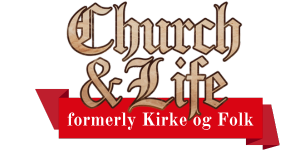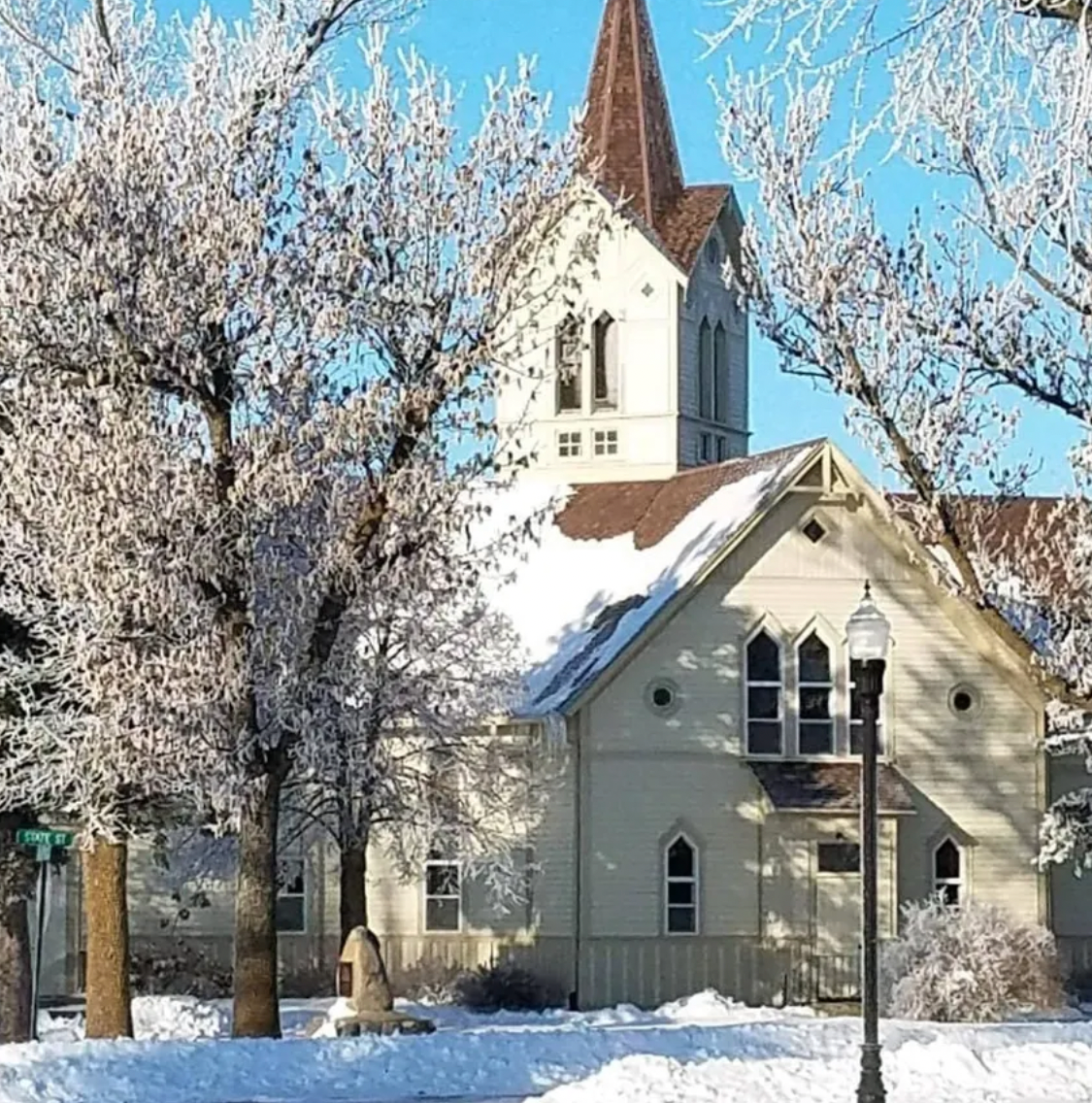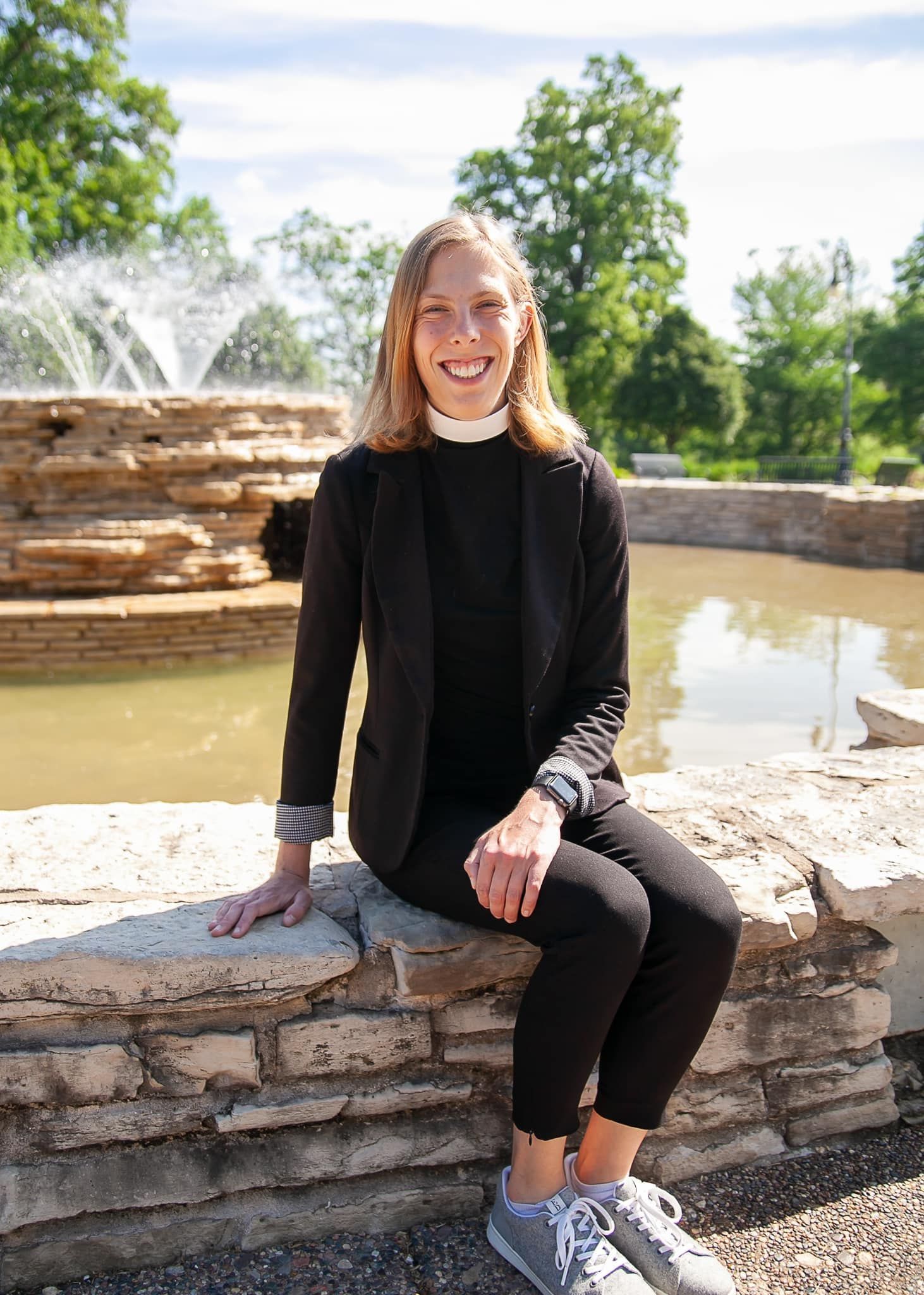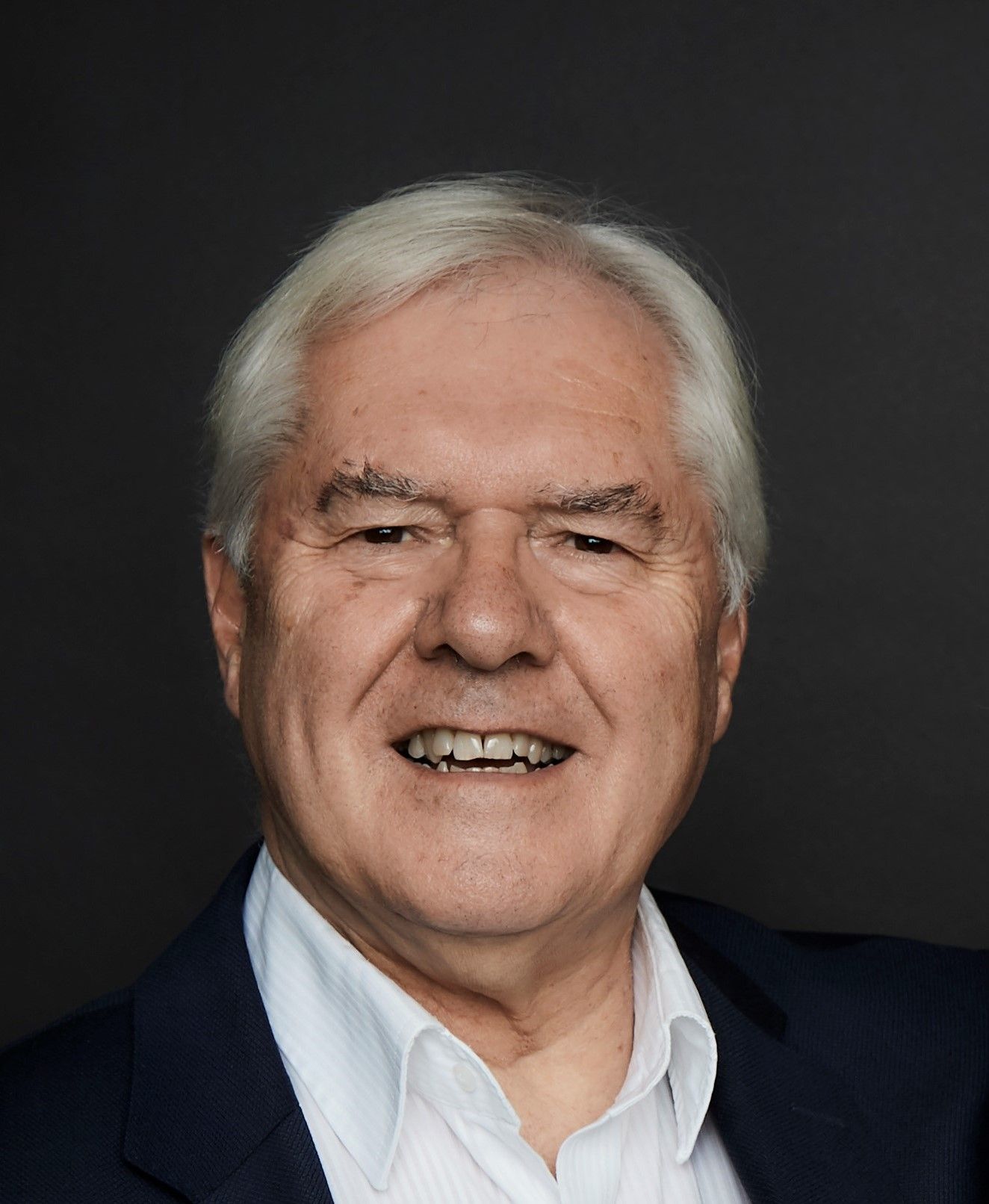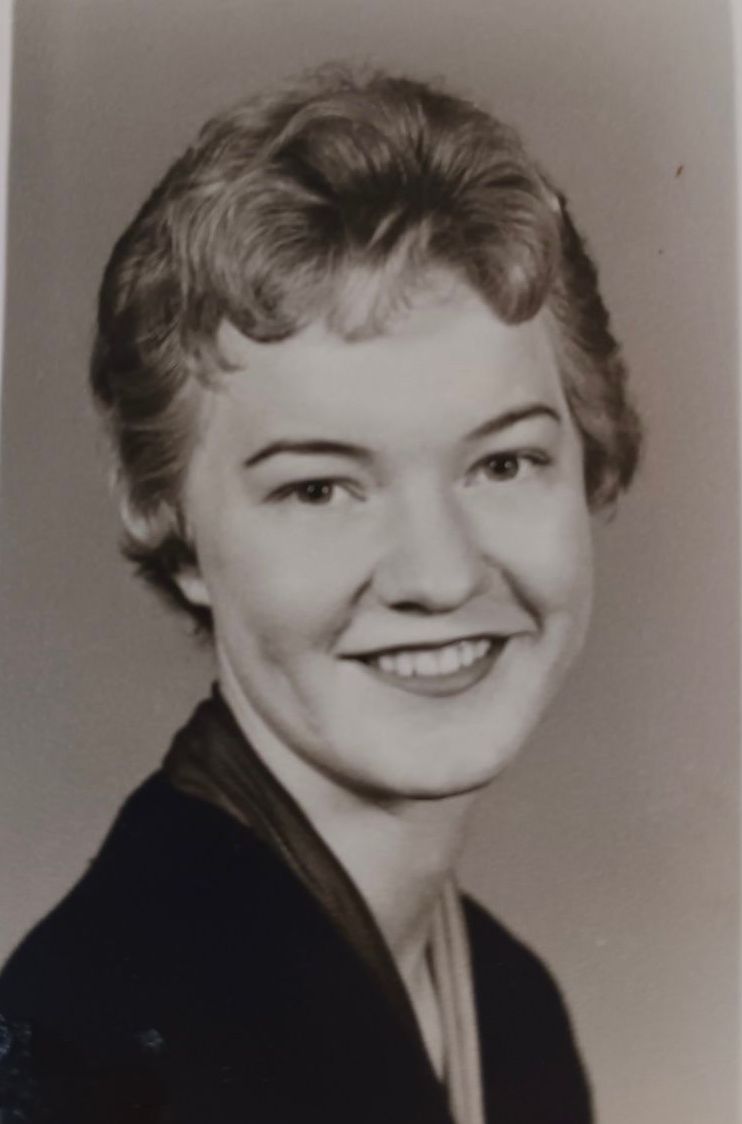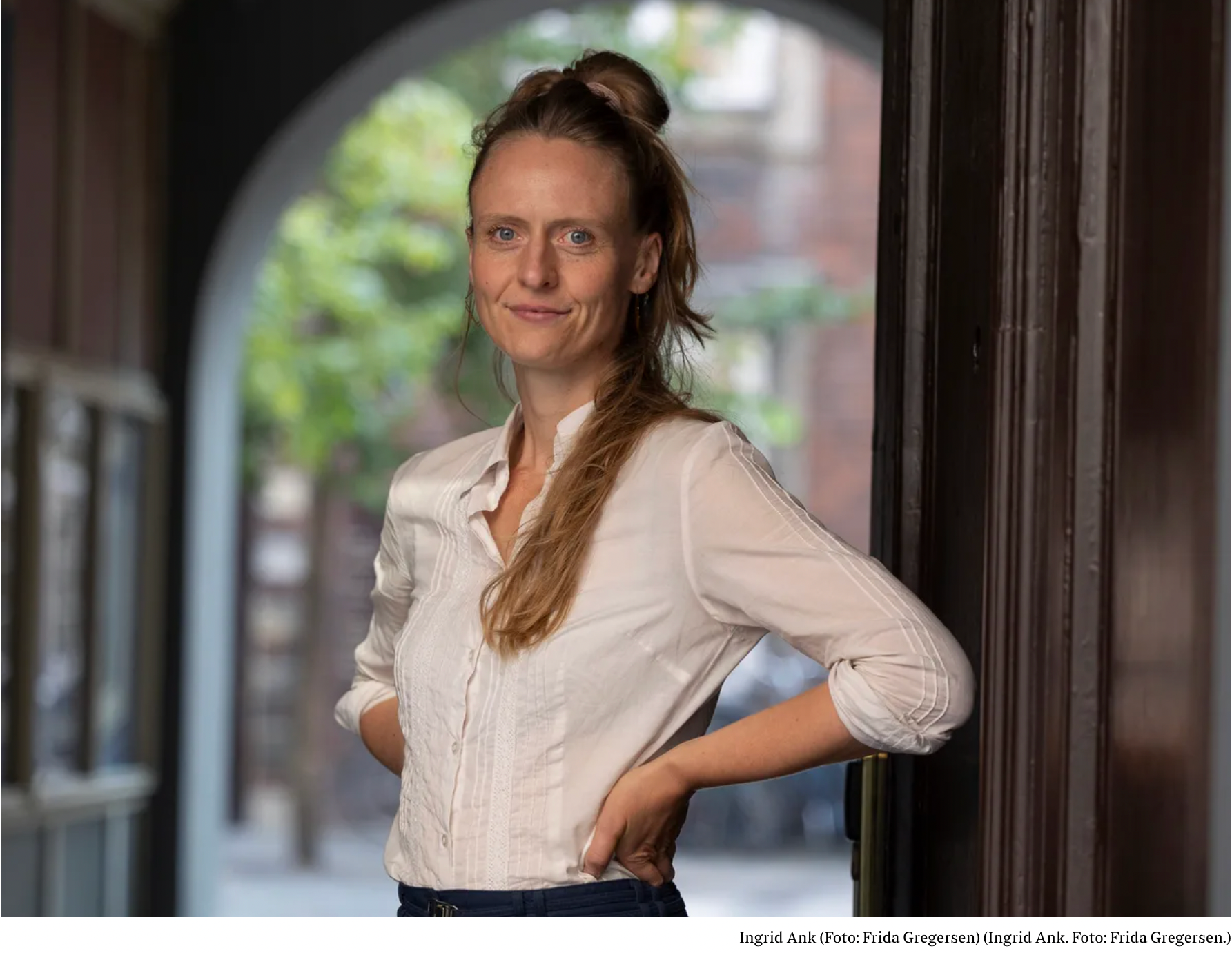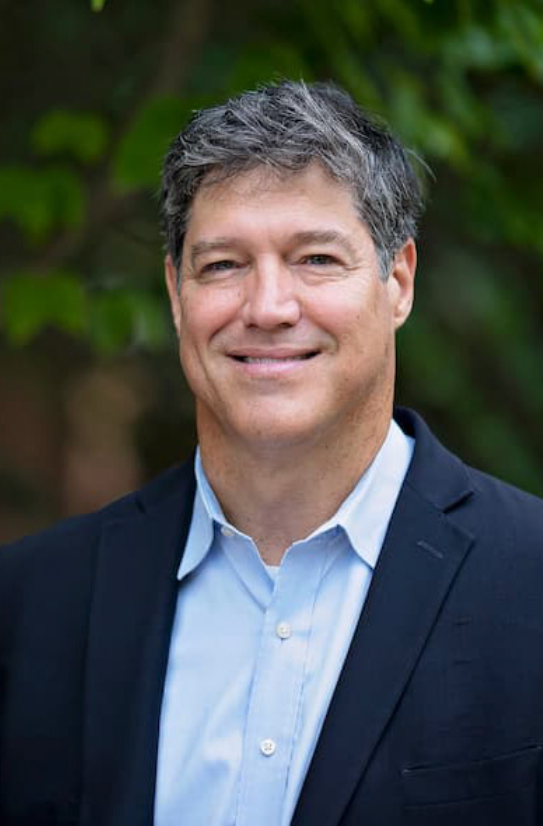Where Gifts Meet the Needs of the World: Pastor Megan Eide and the Spirit of the Danebod Lutheran Community
By Avery Means
On a tranquil day at the Danebod Lutheran Church in Tyler, Minnesota, the warm sound of Danish hymns drifts through the air. Pastor Megan Eide, her faithful cocker spaniel Nisse curled at her feet, smiles as she guides her Zoom class of eager learners through the verses. The group pauses to discuss the meaning and pronunciation of the lyrics, laughter peppering the conversation. It’s more than a language lesson—it is a glimpse into the heart of a community deeply rooted in connection, tradition, and joy.
Founded in the late 19th century, Danebod Lutheran Church reflects the rich history of Danish-American culture in southwestern Minnesota. Its roots lie in the folk school movement, inspired by Danish theologian N.F.S. Grundtvig, which emphasized lifelong learning, personal growth, and the value of community. Today, Danebod remains a place where people of all ages come together to learn and grow. As Megan explains, “It’s not just very joyful but very inviting.”
Even though Megan was born and raised in Bloomington, Minnesota, her journey to Danebod was shaped by an unlikely source: a love for Danish culture that blossomed while she was studying abroad in Denmark. “I fell in love with the spirit of the Danish community—the lifelong learning and using their special gifts to encourage and help one another,” she recalls.
This passion led her to pursue the Danish language with determination, working alongside her professor and having the opportunity to immerse herself in the culture while staying with a family in Denmark. These experiences prepared her for her role in the Danish American community at Danebod, where she now leads Danish language lessons twice a month, learning alongside members of the community.
Danebod is a place where her passions meet the needs of a close-knit Danish-American community. The opportunity to serve in a community that cherishes its heritage was a calling she couldn’t ignore: “My passions and gifts around Danish culture could be used to meet their needs of having somebody that understands their heritage and shares their love—I mean it doesn’t get any more ordained than that!”
